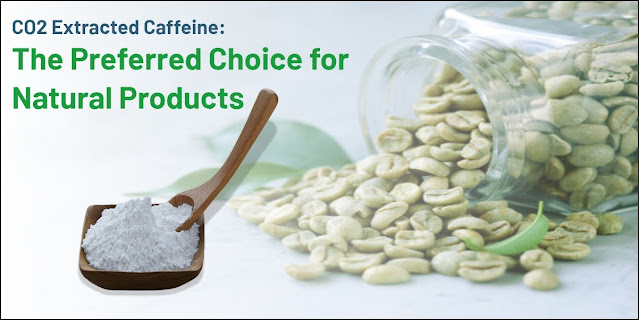It was a chilly, misty morning in the heart of Costa Rica's
lush coffee highlands when my journey into the world of sustainable caffeine
truly began. As I stood amidst the emerald-green coffee trees, surrounded by
the chatter of migratory birds, I found myself sipping a cup of freshly brewed
coffee that tasted like a slice of heaven. The harmony of nature's beauty and the
rich, complex flavors in my mug should have been a moment of pure bliss, but a
question lingered: How sustainable was this experience?
In that instant, I realized that the coffee I was enjoying
was not just about flavor; it was also a story of environmental impact, ethics,
and sustainability. This awakening set me on a quest, a quest to unearth the
truth behind the world's caffeine addiction and discover a greener, more
responsible way to fuel our daily lives.
Let’s move further, caffeine is a lifeline for many of us
isn’t it? Whether it's that morning cup of coffee or an energy-boosting tea in
the afternoon, caffeine keeps us going. However, have you ever wondered about
the environmental impact of caffeine production? If you're concerned about
sustainability and want to make a greener choice, you'll be delighted to learn
about water-extracted caffeine. Today, I invite you to embark on this journey
with me, as we explore the remarkable tale of sustainable caffeine production
through the lens of real-life experiences and revelations.
Conventional Caffeine Extraction: A
Hidden Environmental Cost
Most of the caffeine we consume is extracted from coffee
beans or tea leaves using chemical solvents like methylene chloride or ethyl
acetate. These methods can have a significant environmental impact. They
involve the use of toxic chemicals, which not only pose risks to workers but
also contribute to pollution and harm ecosystems. Additionally, conventional
extraction methods often result in the loss of valuable nutrients from the
coffee and tea leaves.
The Water Extraction Process: A
Sustainable Solution
Water-extracted caffeine, on the other hand, offers a much
more eco-friendly approach. This method relies on the power of pure water to
extract caffeine from coffee or tea leaves. Here's why it's a sustainable
choice:
a. Chemical-Free: Water
extraction doesn't require the use of harmful chemicals, making it safer for
the environment and the people involved in the process.
b. Reduced Waste: With
water extraction, there's minimal waste generated compared to conventional
methods, where solvents need to be disposed of carefully.
c. Energy Efficiency:
Water extraction typically uses less energy, contributing to a lower carbon
footprint.
d. Preservation of Flavor and Nutrients:
Unlike chemical solvents that can strip away flavors and nutrients, water
extraction helps preserve the natural taste and health benefits of coffee and
tea.
Supporting Sustainable Coffee and Tea
Production
Choosing products that use water-extracted caffeine also
indirectly supports sustainable coffee and tea production. Many brands that
prioritize sustainability opt for this method, ensuring that the entire supply
chain, from cultivation to processing, aligns with eco-friendly practices.
In a world where sustainability is becoming increasingly
crucial, making conscious choices about the products we consume is essential.
Water-extracted caffeine offers a greener alternative to traditional methods,
reducing environmental harm while preserving the quality of your coffee and
tea.
By supporting brands and products that use water-extracted
caffeine, you can take a small but significant step towards a more sustainable
future. So, the next time you reach for that caffeine fix, choose the green
option—it's not just good for you, but for the planet as well.



